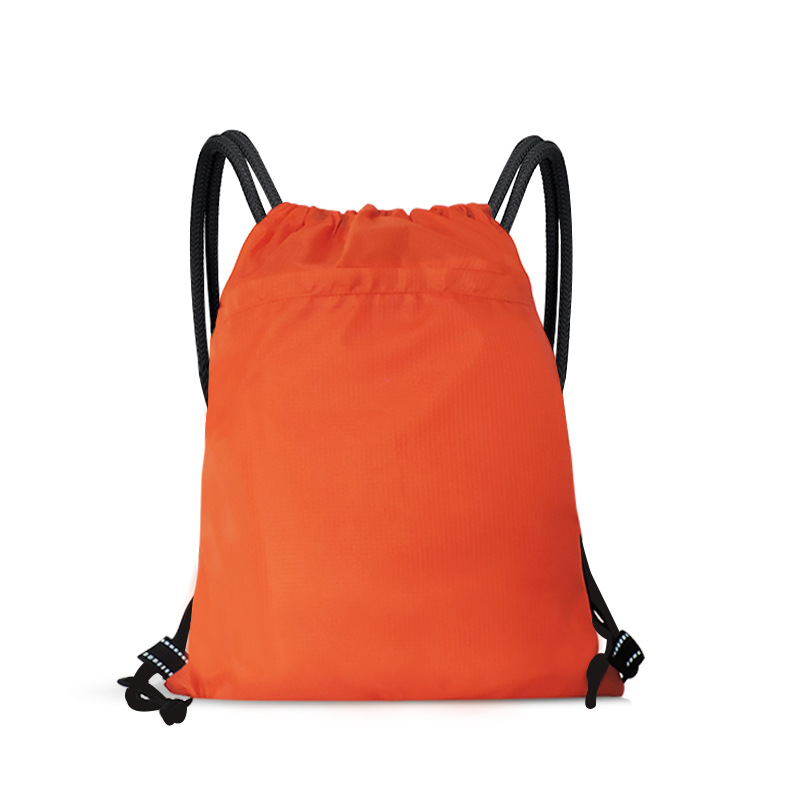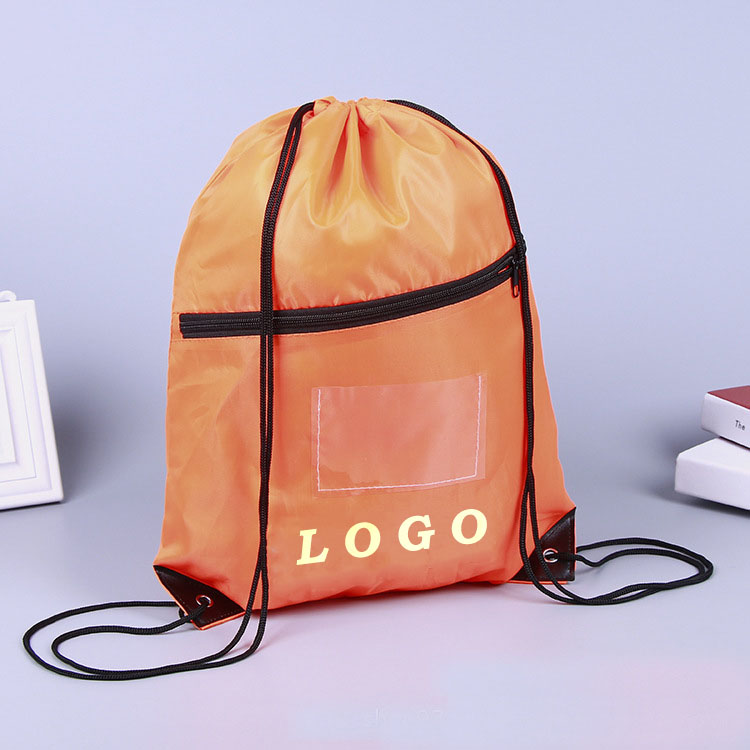Canvas vs. Oxford vs. Polyester: Which Material Is Truly More Wear-Resistant?
When it comes to drawstring bags, wear and tear during daily use is often the decisive factor affecting product lifespan. Whether it’s friction during transport or accidental scratches while being carried, the durability of a bag is directly linked to its material. Canvas with its natural fibers, Oxford cloth with its waterproof coating, and polyester with its dense weave may appear similar, but they each harbor unique characteristics. This article presents real-world simulation experiments and wear data collected in different environments to dissect the scratch resistance of these three materials—unlocking the “abrasion-resistance code” hidden in their fiber structures.
Daily Use Test: Office Edition
Testing Method
We simulated real-world usage using common office items:
- Tool: Keychain with a metal-edged access card
- Force Applied: Approx. 3kg of hand pressure (typical adult male)
- Scratching Motion: Back-and-forth motion on the same spot, 20 times
- Observation Criteria: Fuzzing, holes, coating damage
Visible Results
- Canvas Drawstring Bag
- Surface Change: Fine fuzzing (similar to sweater pilling)
- Key Finding: Fabric softened after abrasion but remained intact
- Best Use: Ideal for carrying smooth items like books or documents
- Oxford Drawstring Bag
- Surface Change: White scuff marks (like scratches on a plastic tablecloth)
- Key Finding: Waterproof coating began to peel after the 5th scratch
- Best Use: Best for short-term outdoor activities
- Polyester Drawstring Bag
- Surface Change: Glossy scratches (similar to scratched car paint)
- Key Finding: Slight thread pulls, but no fuzzing
- Best Use: Suitable for carrying items with metal accessories
Disaster Scenario Testing
We built a mini-lab to simulate three common "disaster" scenarios:
Dragged by Luggage Test
- Canvas: Corners frayed into cotton fibers after 5km
- Oxford: Coating developed snowflake-like cracks
- Polyester: Surface developed mirror-like reflective patches
Metal Zipper Attack Test
- Using a YKK #5 zipper, swiped rapidly at a 45° angle
- Most Vulnerable: Oxford—coating peeled off like skin
- Canvas Advantage: Reinforced weak points with double stitching
Salt Spray + Scratch Test
- Simulated sea container conditions (90% humidity + salt spray)
- Oxford: Corrosion resistance score dropped 65%
- Polyester: Performed best, but attracted dust due to static
Material Breakdown: A Deeper Dive
Canvas – The Cotton Warrior
- Fiber Structure: Interwoven cotton fibers resembling hemp rope (microscopic imagery available)
- Weak Point: Abrasion resistance drops 30% in humid conditions (rainy season test data)
- Improvement: Wax coating can boost scratch resistance
Oxford – The Waterproof Fighter
- Coating Secret: A 0.15mm PU film is the main defense against scratches
- Fatal Flaw: Coating becomes brittle at -10°C (cold storage test footage)
- Upgrade: Grid-dot PU coating retains 60% breathability
Polyester – The All-Rounder
- Tech Enhancement: Warp knitting improves yarn tightness
- Hidden Risk: Repeated folding causes “memory wear”
- Upgrade: Adding 3% Kevlar fibers improves anti-snag performance
Customer Case Studies
Case 1: German Stationery Wholesaler
- Need: Eco-friendly bags for packaging metal bookmarks
- Problem: Canvas bags had a 23% breakage rate
- Solution: Switched to 420D diamond-pattern polyester with non-woven lining
- Result: Transport losses reduced to 4%, saving $18,000 in annual claims
Case 2: Australian Surf Shop
- Scenario: Surfboard wax adhesion + sand abrasion
- Lesson Learned: Standard Oxford bags failed within 3 months
- Final Solution: 1680D double-coated Oxford with anti-wax treatment
- Customer Feedback: Lifespan extended to 2 years
Expert Care Tips
| Material |
Cleaning Don’ts |
Repair Tips |
Storage Advice |
| Canvas |
No hard-bristle brushes |
Use eyelash glue to bond torn fibers |
Store with camphor to avoid damp |
| Oxford |
Avoid alcohol-based wipes |
Use clear nail polish to seal small tears |
Place tissue in folds to avoid cracks |
| Polyester |
No high-heat ironing |
Use a lighter to melt and seal frayed edges |
Best stored hanging |
Conclusion
Testing confirms that no single material is flawless—only the right material for the right scenario. Canvas shows resilience under repeated friction, Oxford offers temporary waterproofing with clear trade-offs once damaged, and polyester stands strong against sharp objects with static-related drawbacks. While humid environments weaken cotton fibers and low temperatures degrade coatings, high-density polyester introduces its own maintenance issues. Looking forward, advances in self-healing materials may redefine abrasion resistance. But for now, matching materials to usage scenarios remains the core strategy for extending product life.





 We like to do design according to all the customers' requirements, or offer them our new designs. With strong OEM/ODM capabilities, we can fill your sourcing demands.
We like to do design according to all the customers' requirements, or offer them our new designs. With strong OEM/ODM capabilities, we can fill your sourcing demands.